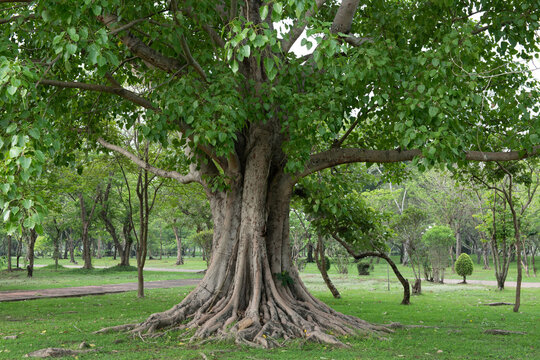Welcome to Our Vanam India Foundation - Trust Reg no : 99/2015
Have any question? ++91 4255 255 256
S.F.No.1/3, Kovai Trichy Main Road,
Kalivelampatti Post,
Opposite to Kongu Kalyana mandapam- Tamil Nadu, Palladam - 641662
- Send your mail at
- trustvanam@gmail.com
- Working Hours
- Mon-Sat:9.30 AM To 6.00 PM

